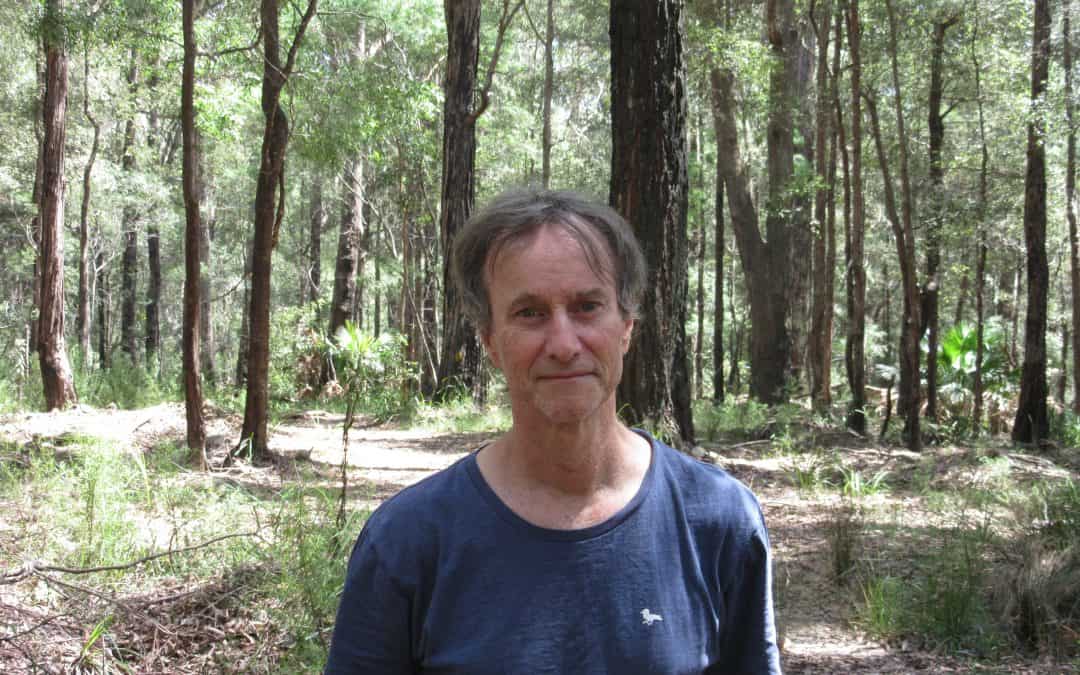In addition to the enormous human, social, economic and native animal impacts of the recent catastrophic bushfires, the impacts on our unique plants and ecological communities will also be huge. Although most Australian flora have evolved to cope with fire, recovering by re-sprouting or seed germination, the drought combined with severe and too frequent fire will retard recovery. Some plants and ecological communities that have been burnt, including many rainforest species, are sensitive to fire and may struggle to recover. At this stage, while many threatened plants have had populations that were burnt, we don’t know how well they will recover. Encouraging some native flora to bounce back will require targeted funding and actions to conserve and restore habitats and ecological communities, including control of weeds and feral grazers, and ensuring we have or develop ex situ seed banking for as many threatened species as possible. Resilience of many native plants will depend on allowing them enough time to replenish their natural seed banks. We will also need comprehensive monitoring of fire affected landscapes, starting immediately and continuing from after the first rains, for up to two years, to detect which species are returning, and which are not.
The current fires are unprecedented in extent and severity and have burnt over many areas where the plants had not yet recovered from previous fires. In these cases, assessing natural plant recovery may identify the need for cautious and well-planned human intervention. Areas/species likely to require assistance include threatened species, particularly those known from only one or to populations. In these cases, assessing the natural plant recovery, as well as assessing risks to recovery (grazers and weeds) will inform the development of a restoration plan, and identify which native species are not returning. The ANPC’s Guidelines for the Translocation of Threatened Plants in Australia will be useful for planning recovery of threatened plants. Post-fire seed collection should be minimal to allow species to replenish natural seed banks. Once that has happened, any seed collection, storage, propagation and planting should follow the ANPC’s Plant Germplasm Conservation in Australia and the soon to be re-released FloraBank Guidelines.
In the January 2020 issue of ANPC News, we provide some information and links on what you can do to help post-fire recovery of plants and ecological communities, and how you can start sharing your knowledge on post-fire responses. We also provide links to a couple of media items we have published recently, as well as many other bushfire related articles. Hopefully, we can all work together at this difficult time to conserve our plant biodiversity and be better prepared for plant recovery into the future.
In addition, here’s some ANPC Plants and Fire fact sheets I have put together:

